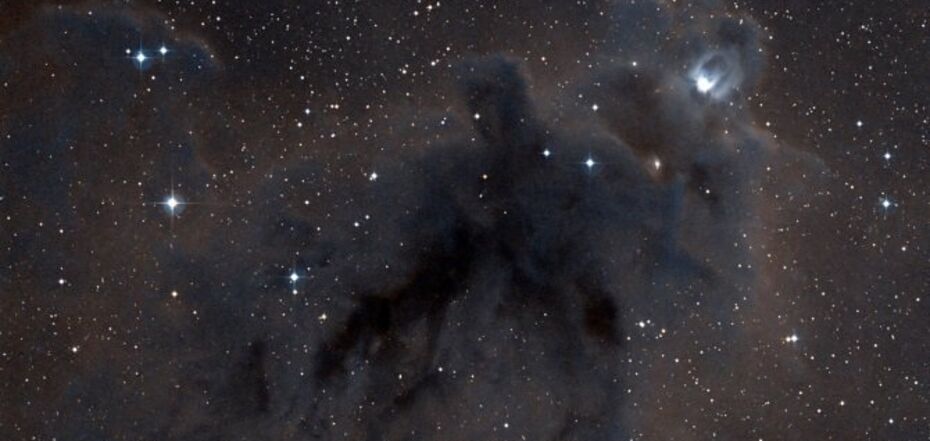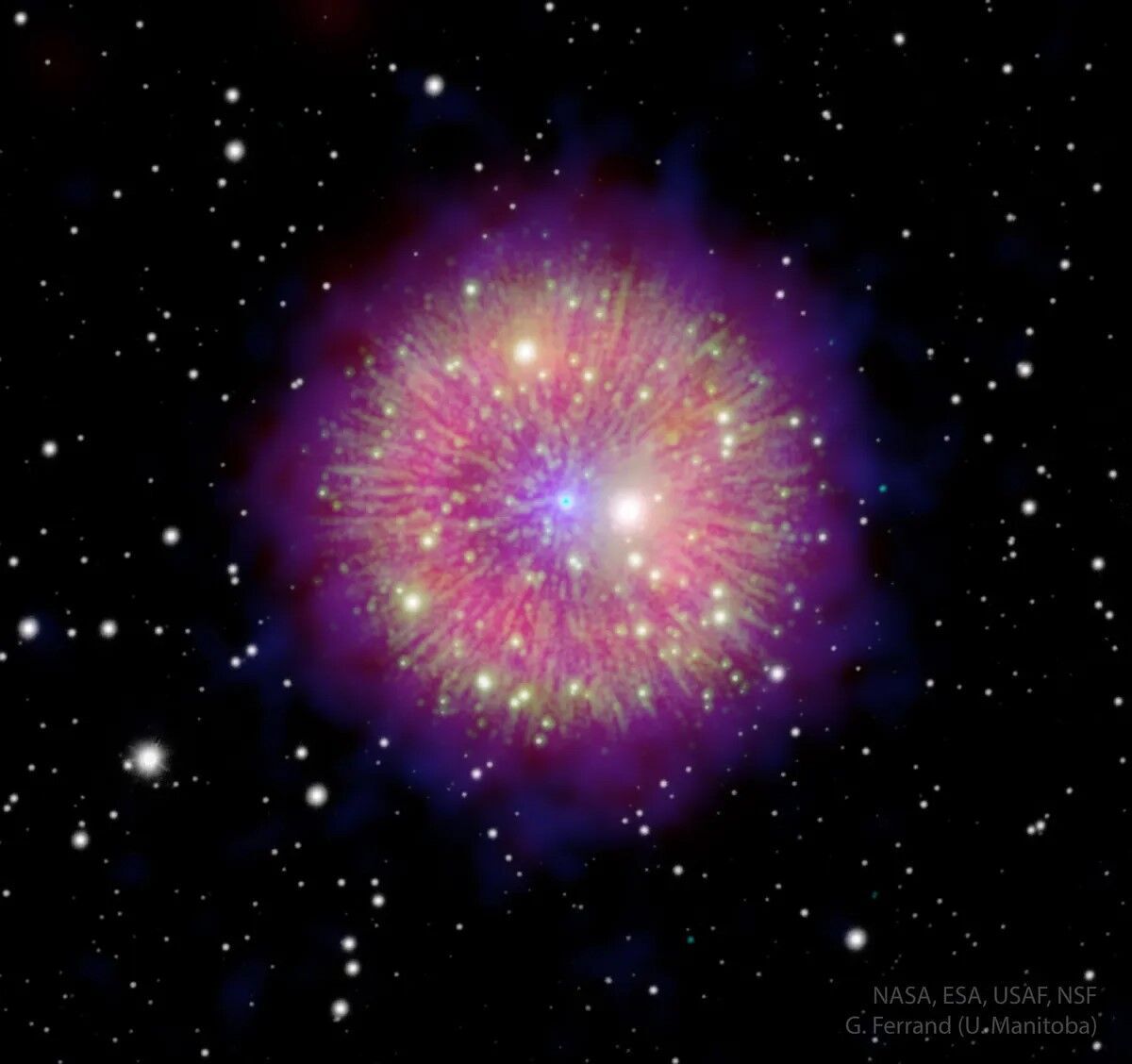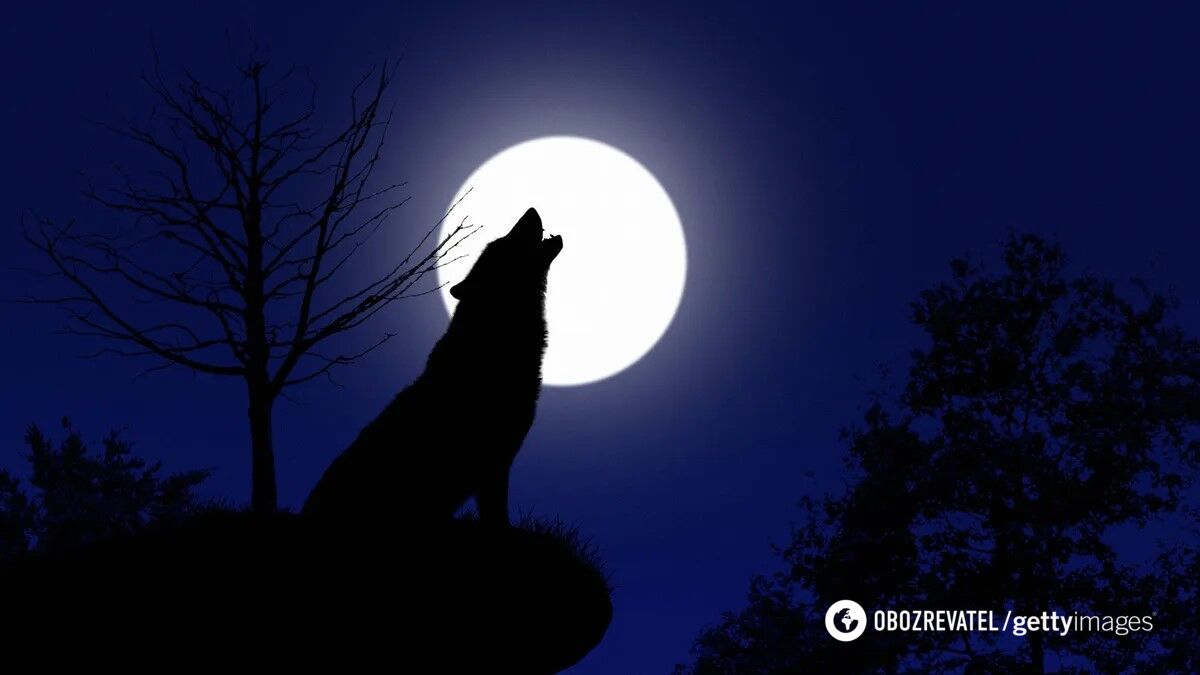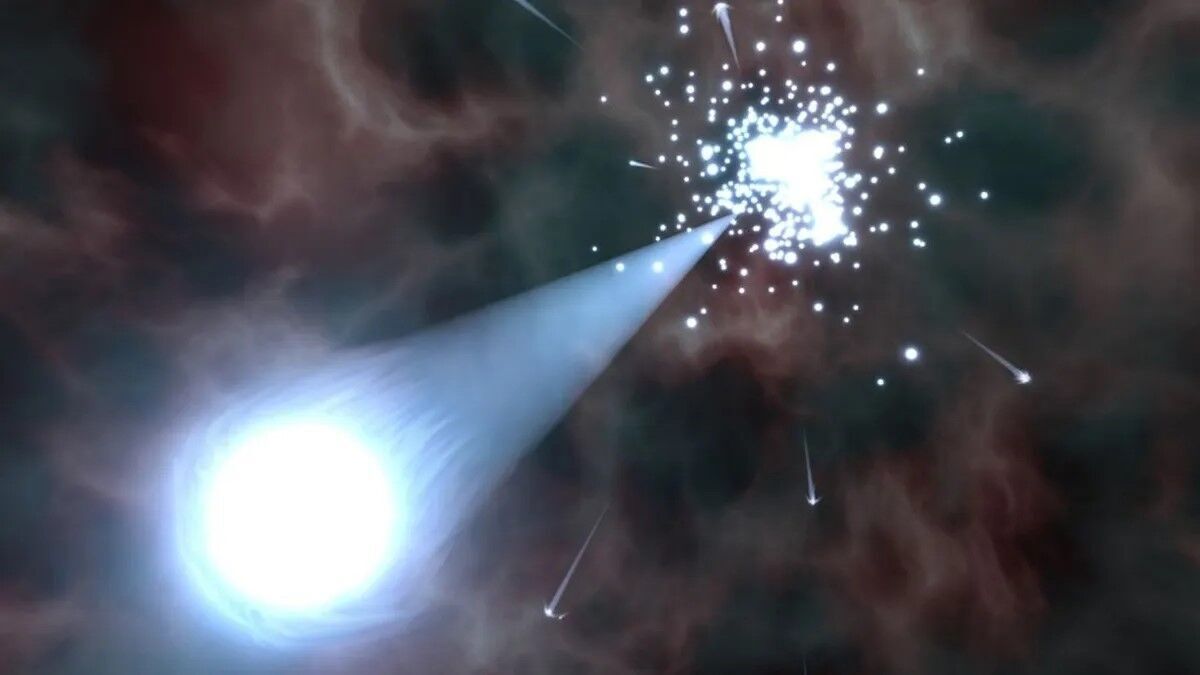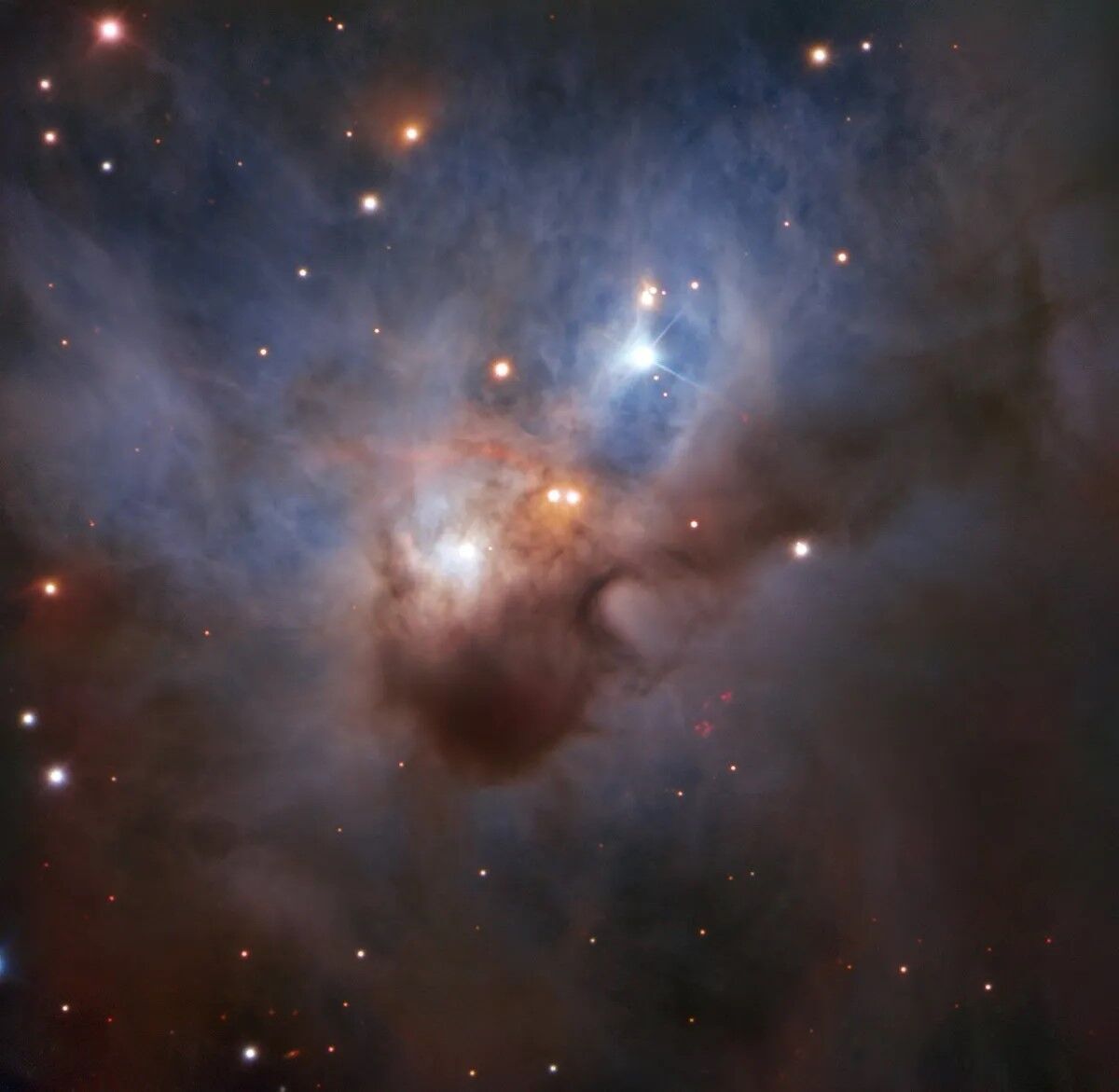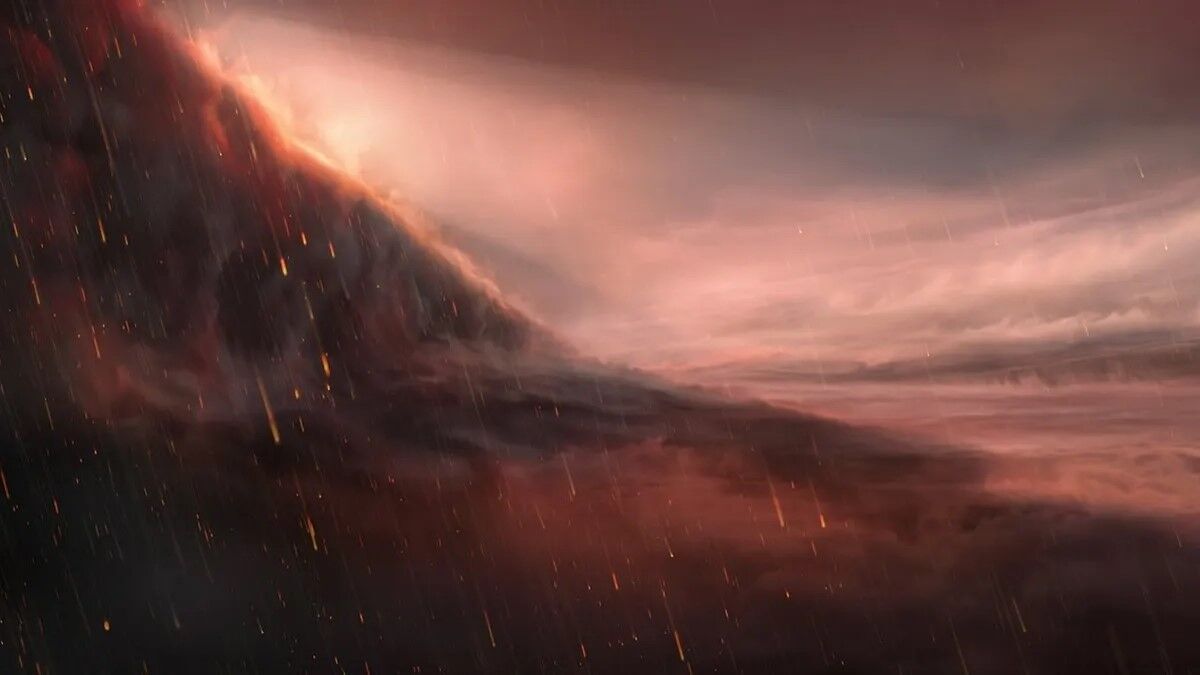News
Zombies, vampires and hellish planets: 7 terrifying cosmic phenomena to discover on Halloween
Astronomers and scientists sometimes compare celestial objects to creatures of mythology and folklore. The most obvious example of this is the constellations.
Throughout the Universe, researchers sometimes record strange and mystical phenomena that remind them of zombies and vampires. On the eve of Halloween, Space.com made a selection of 7 "cosmic monsters".
Vampire stars
White dwarfs are "stellar corpses" or smoldering remnants that are running out of fuel needed for nuclear fusion, scientists say. However, not all stars "rest in peace."
According to the researchers, white dwarfs can come to life when their companions get too close. That is, these dead roasts come to life and, like vampires, feast on a different form of plasma, taking stellar material from their companion.
However, scientists say that there is a price for everything. After all, when a white dwarf removes stellar material from its donor star, a plasma cloud, or "accretion disk," forms around it. This cloud gradually drops the stolen stellar material onto the surface of the white dwarf. And when this accumulated nuclear stock reaches a critical mass, it explodes, destroying the white dwarf, but giving birth to a new supernova Ia, astronomers emphasize.
Zombie stars
As mentioned above, a Type Ia supernova is supposed to destroy the vampire white dwarf on which it explodes. But, according to scientists, in rare cases, this parasite survives the explosion and takes on a new form, becoming a zombie star or, in scientific terms, a "Type Iax supernova."
Such a zombie star lives on as the broken and shattered remains of a white dwarf's corpse. One famous example of such supernova is SN 1181, which astronomers first saw above the Earth in the constellation Cassiopeia in 1181, where it lived for six months before disappearing.
Warewolves
Wolves howl at the full moon, which is depicted as a mystical celestial body in many books and movies. The January full moon is called the Full Wolf Moon. This nickname appeared in the Native American tradition because wolves howl more often in winter.
Speed demon stars
According to astronomers, not all stars sit comfortably in their galaxies. Some become outcasts when they are abruptly thrown out of their home clusters at high speed.
In 2023, astronomers discovered six "speed demon stars" that went off the grid and are now hurtling through the Milky Way on their own. One of them, J0927, has the highest speed among such objects - 2285 kilometers per second.
Scientists compare that this is about 6500 times the speed of sound. That is, the star J0927 could revolve around the Earth 694 times every hour.
Cosmic bats
Many space enthusiasts see bats in the accumulations of space dust and gas. One example is the Cosmic Bat Nebula, also known as NGC 1788, which is located 1300 light years away in the constellation Orion. In the image taken by the Very Large Telescope (VLT) in northern Chile, the nebula's wings extend outward through interstellar space, and bright newborn stars illuminate the core.
Hellish planets
Approximately 6,000 extrasolar planets, or "exoplanets," have been discovered to date. According to researchers, some of these worlds can actually be called hellish, such as a planet that can be found about 634 light years from Earth.
This planet is located very close to its gas giant star, which has a temperature of 2400 degrees Celsius. This temperature can vaporize iron. So you can only imagine what hell is happening on the WASP-76b.
Galactic supercluster
The King Ghidorah supercluster is a collection of galaxies located at a distance of about 6.7 billion light-years from Earth. According to scientists, it has at least 19 separate connected clusters of galaxies. This is the largest supercluster ever discovered at a distance of more than 5 billion light-years.
To put this in perspective, scientists say the King Ghidorah has a mass equivalent to 10,000,000,000,000,000 Suns, making it 10 times more massive than the Milky Way cluster. It stretches for an incredible 1.3 billion light-years, meaning that the entire Milky Way can fit through it about 12300 times, astronomers say.
Only verified information is available on OBOZ.UA Telegram channel and Viber. Do not fall for fakes!


